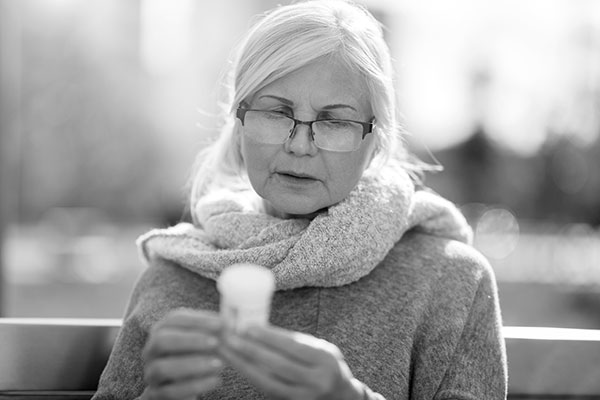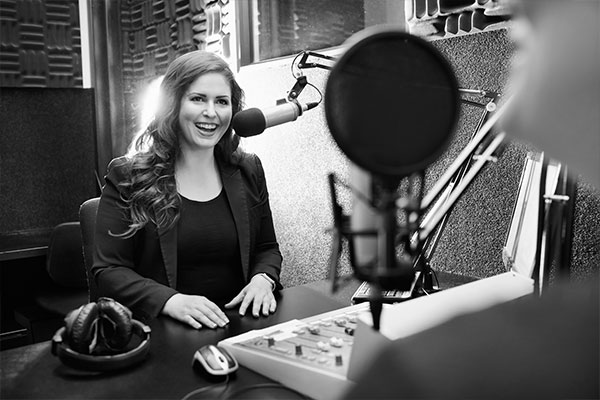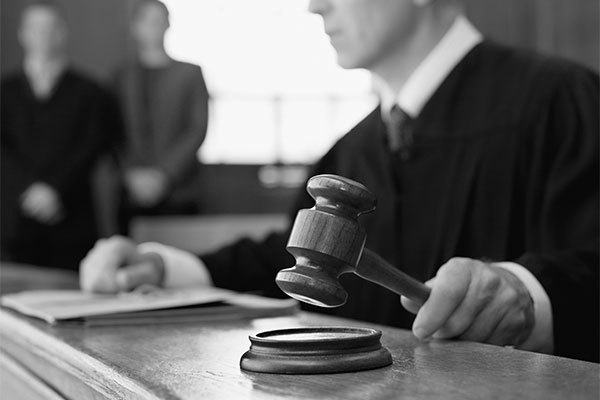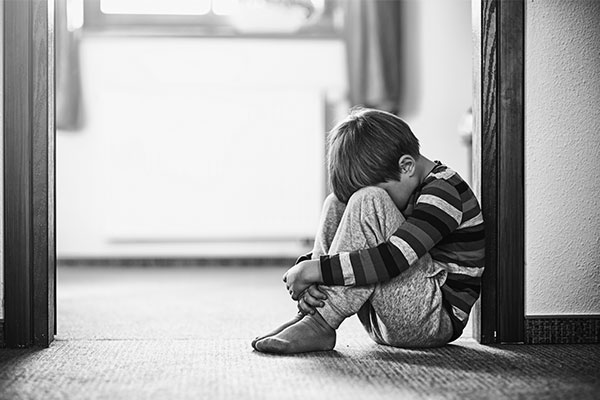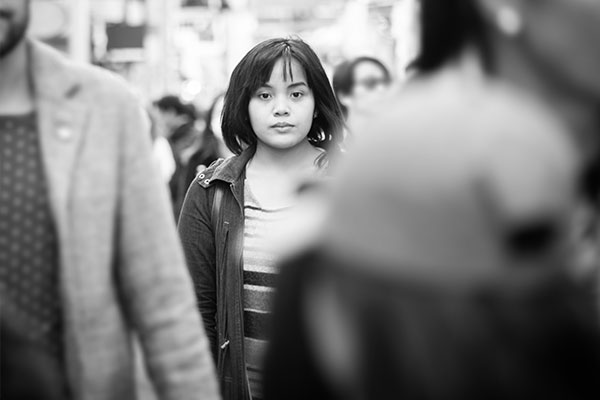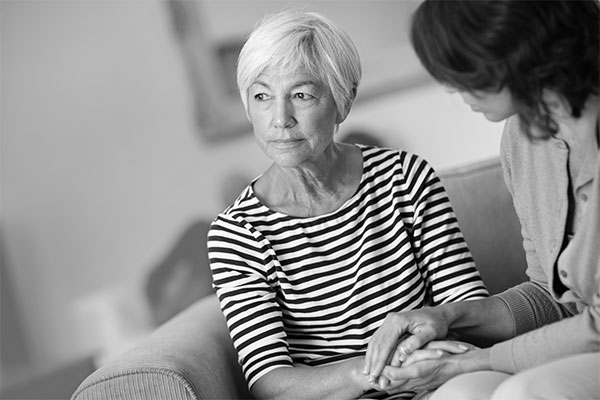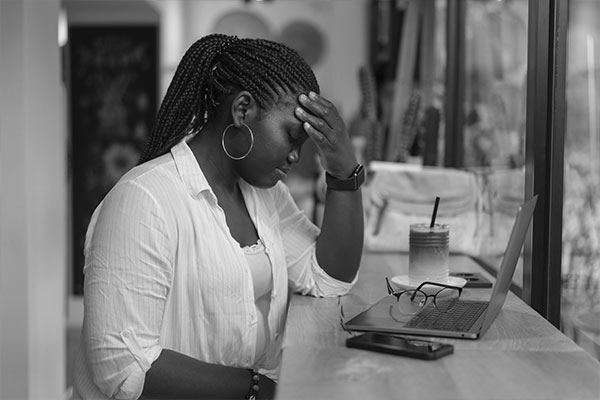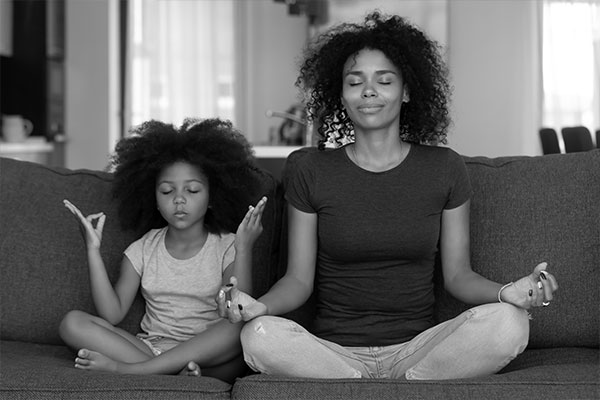Trichotillomania
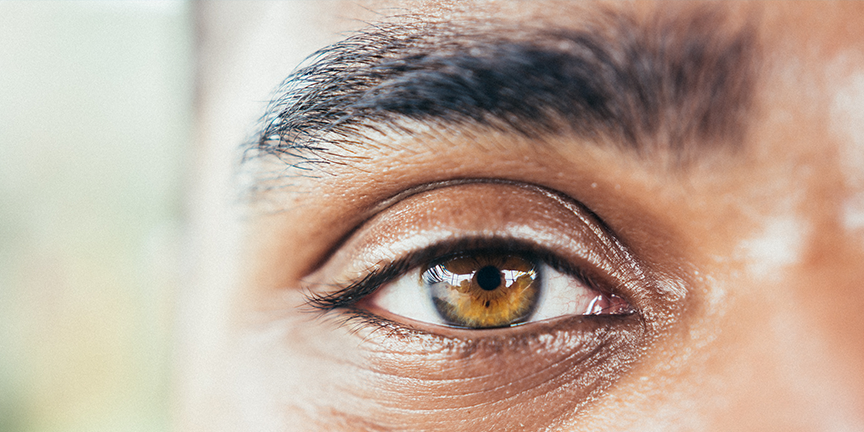
It is officially classified as an impulse control disorder, along the lines of pyromania, kleptomania, and pathologic gambling.
What are the Symptoms of Trichotillomania?
- Recurrent pulling out of one’s hair resulting in noticeable hair loss
- An increasing sense of tension immediately before pulling out the hair or when resisting the behavior
- Pleasure, gratification, or relief when pulling out the hair
- The disturbance is not accounted for by another mental disorder and is not due to a general medical condition (i.e., dermatological condition)
- The disturbance causes significant distress or impairment in social, occupational, or other important areas of functioning
How and when does it start?
People often start compulsive hair-pulling around the ages of 12 to 13; although it is not uncommon for it to start at a much younger or older age. Frequently, a stressful event can be associated with the onset, such as: change of schools, abuse, family conflict, or the death of a parent. The symptoms also may be triggered by pubertal hormonal changes.
Does Trichotillomania Lead to Other Problems?
During adolescence, which is an especially crucial time for developing self-esteem, body image, comfort with sexuality, and relationships with peers of both sexes, teens may endure ridicule from family, friends, or classmates, in addition to feeling shame over their inability to control the habit. Therefore, even a small bald patch can cause devastating problems with development that can last life-long. Although many people with trichotillomania get married and carry on with their lives in a normal fashion; there are those who have avoided intimate relationships for fear of having their shameful secret exposed.
What Is the Cause?
There is no certain cause of trichotillomania, but the current way of looking at trichotillomania is as a medical illness. One theory on a biological level is that there is some disruption in the system involving one of the chemical messengers between the nerve cells in parts of the brain. There may be also a combination of factors such as a genetic predisposition and an aggravating stress or circumstance; as with many other illnesses. Further, trichotillomania could be a symptom caused by different factors in different individuals just as a cough can be produced by a multitude of different medical problems. Finding the cause(s) will take more research.
What Is the Relation to Other Illnesses?
For many people with trichotillomania, there are symptoms of obsessive-compulsive disorder (OCD) such as compulsive counting, checking, or washing as well. There are so many similarities between hair pulling and other compulsive symptoms that some consider it a subtype or variant of OCD. This idea is supported by the tendency for the two problems to run in the same families and the fact that OCD medications can be helpful in treating trichotillomania.
Depression also frequently occurs in individuals with this illness. There may be a direct neuro-biochemical relationship and/or be secondary to the chronic demoralization and low self esteem hair-pulling can bring.
Other associated behaviors may include nail biting, thumb sucking, head banging, or compulsive scratching. Frequently, hair pullers also find they compulsively pick at their skin, which may also cause physical and emotional scarring.
What Treatments Are Available?
The two methods of treatment that have been scientifically researched and found to be effective are behavioral therapy and medications.
- Therapy. In behavioral therapy, people learn a structured method of keeping track of the symptoms and associated behaviors, increasing awareness of pulling, substituting incompatible behaviors and several other techniques aimed at reversing the “habit” of pulling.
- Medications. Although medications clearly help some people temporarily, symptoms are likely to return when the medication is stopped unless behavioral therapy is incorporated into treatment. Medications may help to reduce the depression and any obsessive-compulsive symptoms the person may be experiencing.
Commonly used medications are:
-
fluoxetine (Prozac)
-
fluvoxamine (Luvox)
-
sertraline (Zoloft)
-
paroxetine (Paxil)
-
clomipramine (Anafranil)
-
valproate (Depakote)
-
lithium carbonate (Lithobid, Eskalith)
Other Resources
Trichotillomania Learning Center, Inc. www.trich.org
International Obsessive-Compulsive Foundation https://iocdf.org





